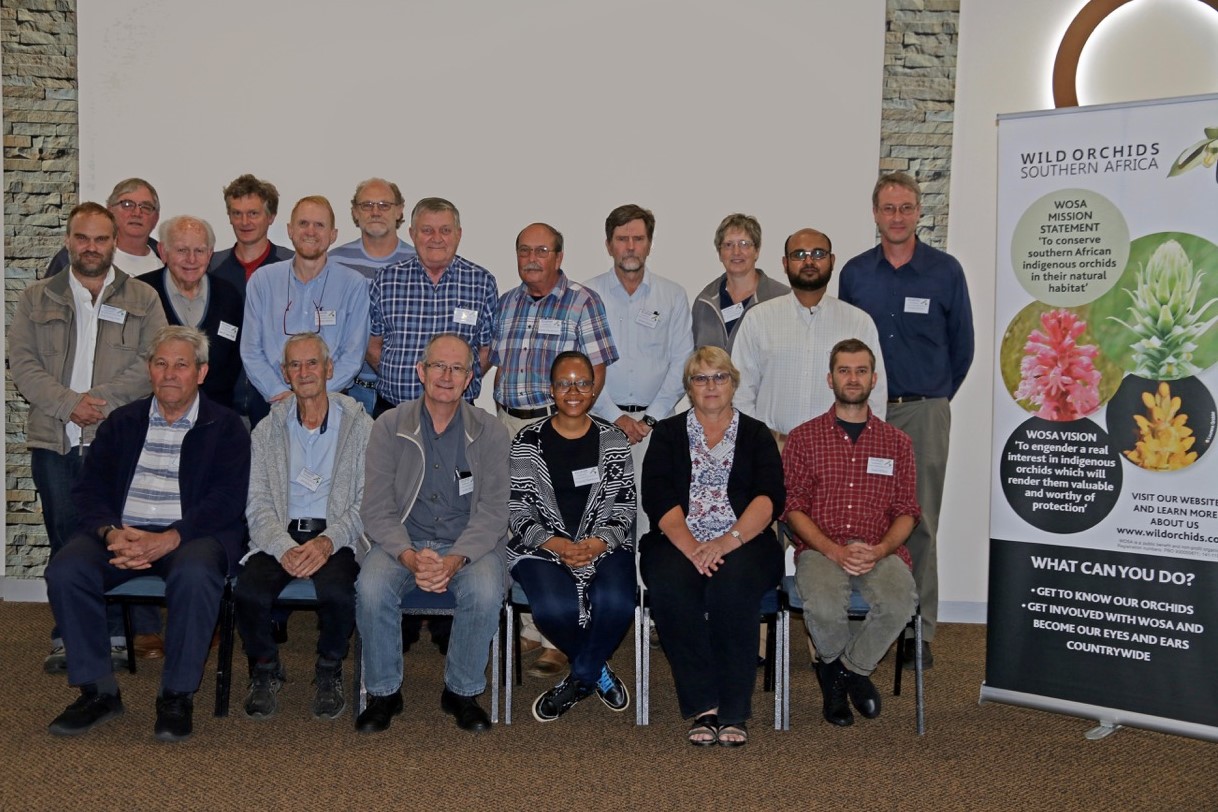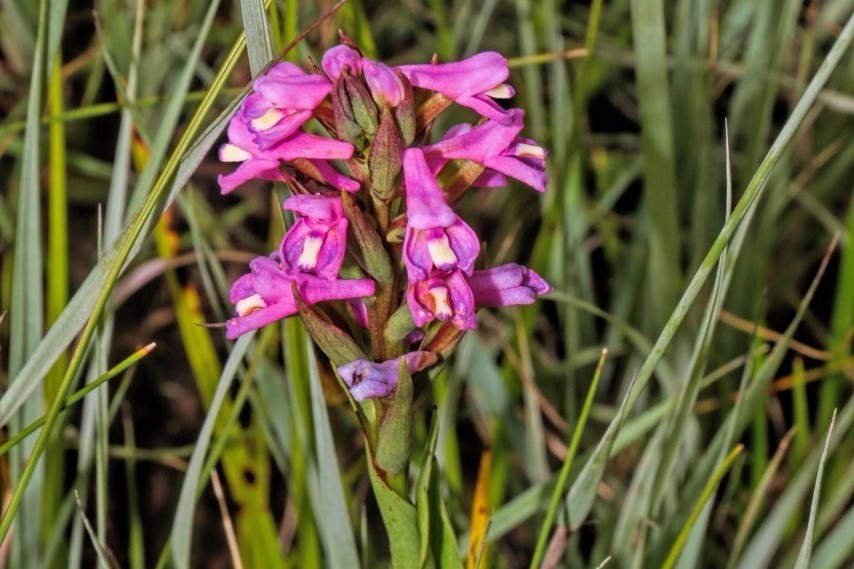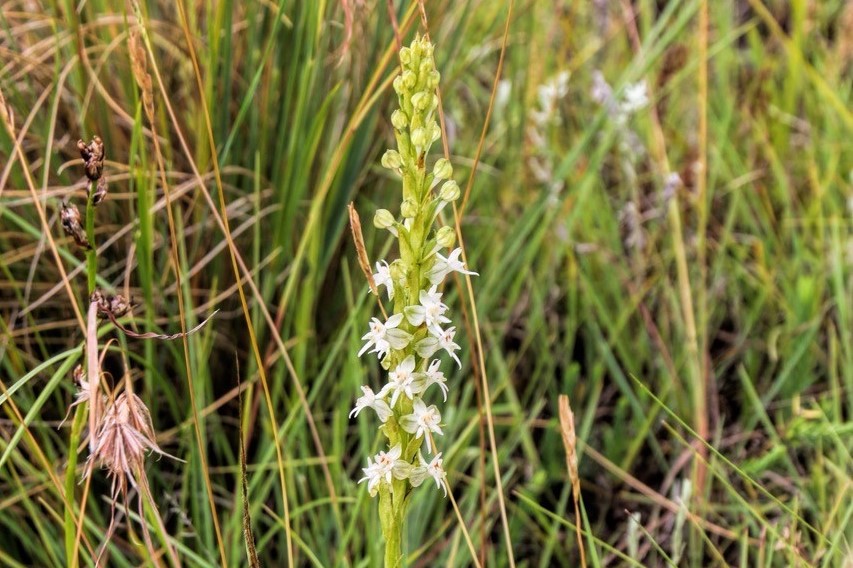FABIans attend orchids conference 2019-01-31
South Africa is the epicenter for African orchid diversity of which most species are endemic to the region. These plants face a constant threat of extinction due to habitat loss, climate change and anthropogenic disturbances. Wild Orchids Southern Africa (WOSA) is an organization of South African botanists, mycologists and amateur plant lovers dedicated to protection and conservation these wild orchids of southern Africa in collaboration with SANBI and the South African Government.
WOSA organises field trips and a conference every year. The aim of these conferences is conservation, reestablishment and protection of wild orchid species. This year the conference was held from 25-28 January at the Gooderson Drakensberg Gardens Golf and Spa Resort. FABI postdoctoral Fellow Dr Tanay Bose and MSc student Ms. Modjadji Makwela presented their research at this conference. Their talks focused on the mycorrhizal diversity associated with the endemic and nearly endangered orchids Habenaria barbertonii and H. epipactidea.
The research group consisting of Dr. Almuth Hammerbacher, Dr. Tanay Bose, Dr. Martin Kemler, Prof. Martin Coetzee, Prof. Brenda Wingfield and Ms. Modjadji Makwela successfully barcoded the mycorrhizal diversity associated with roots and rhizosphere soil of H. barbertonii, H. epipactidea and Brachycorythis conica ssp. transvaalensis (Albertina Sisulu Orchid) using high-throughput sequencing. This is the first attempt to barcode orchid mycorrhizal diversity from the African continent.
(Images of Disa stachyoidea and Habenaria dives by Duncan McFarlane)




